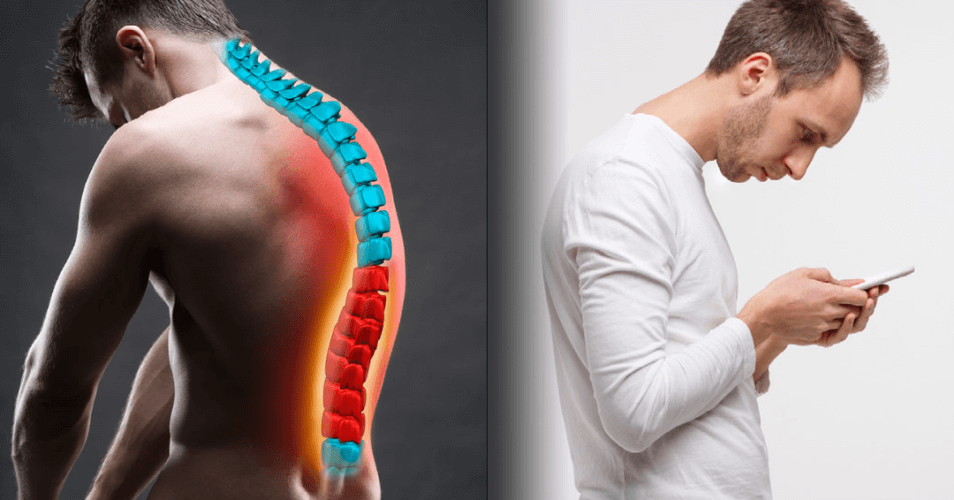Excessive forward rounding of the upper back is known as kyphosis. Kyphosis in older people is frequently brought on by the spinal bones’ weakness, which leads to their compression or cracking. Poor posture in childhood, abnormally shaped vertebrae, or issues with the spine’s development can all contribute to kyphosis. The most frequent procedure is spinal fusion, in which the surgeon fastens the spinal bones together in the ideal position using metal rods and screws. Surgery is not frequently used to treat compression fractures.
Symptoms of Kyphosis
- Back and Shoulder Blade Pain or Stiffness
- In Legs that are Tingly and Weak
- Extreme Exhaustion
- Due to the Spine Pressing Against the Airways, Breathing Difficulties Such as Shortness of Breath May Occur
- Balance Issues
- Incontinence of the Bladder or Bowel.
Causes of Kyphosis
Disk degeneration. There are cushions between the spinal vertebrae called soft, spherical discs. These discs flatten and shrink as we age, which frequently makes kyphosis worse.
Scheuermann’s disease. The condition, which is also known as Scheuermann’s kyphosis, typically starts during the growth spurt before puberty.
Other problems. Kyphosis can result from the spine’s bones not developing properly before birth. Children who have kyphosis may also have other health issues, such as Ehlers-Danlos syndrome.
Fractures. The spine may curve as a result of broken vertebrae. The most frequent fractures are compression fractures, which can happen when a bone is weak. Mild compression fractures frequently don’t cause any obvious symptoms or signs.
Treatments of Kyphosis
Medications
Pain relievers. Stronger painkillers are available only by prescription if over-the-counter medications such as acetaminophen (Tylenol, others), ibuprofen (Advil, Motrin IB, others), or naproxen sodium (Aleve) are insufficient.
Osteoporosis medications. Medication that strengthens bones may help stop further spinal fractures that would exacerbate your kyphosis.
Therapy
Exercises. Exercises for stretching and strengthening may help to reduce back pain and increase spinal flexibility.
Bracing. If a spine brace is worn by a child with Scheuermann’s disease while their bones are still developing, they may be able to stop the development of kyphosis.
If you are having difficulty resolving your Kyphosis problem, please see a Neurosurgeon. Whenever Possible.





Leave A Comment